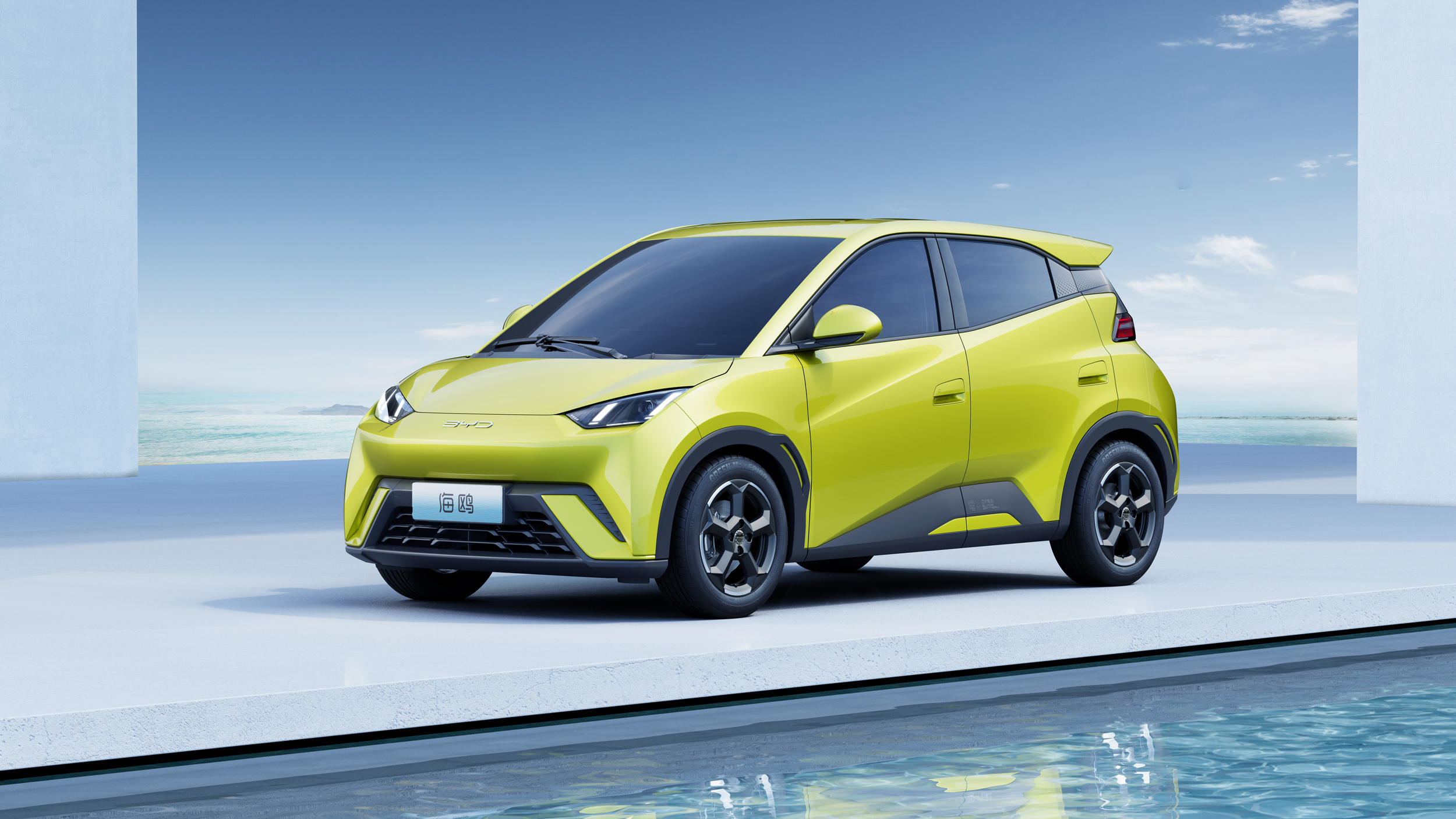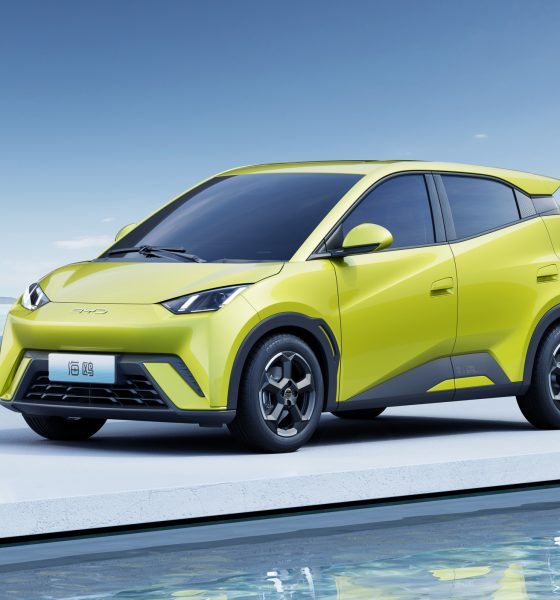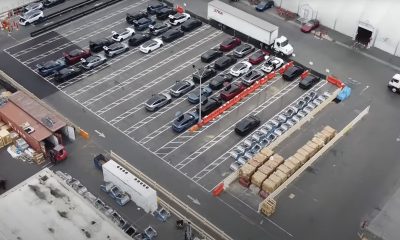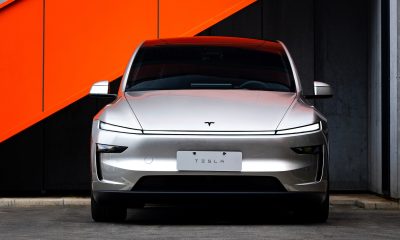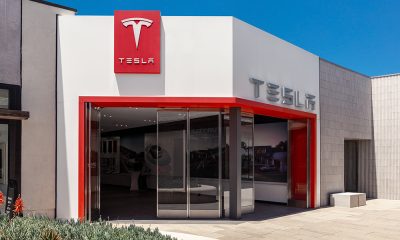According to Lucid CEO Peter Rawlinson, Chinese electric vehicles (EVs) are still behind Tesla.
“If you look at the advance in core EV technology, they’re still years and years behind Tesla. In terms of elegance of their drive train technology, the batteries, the way things are integrated…it’s not even close.
“I was looking at a number of the units on display at the Geneva Motor Show, and the engineering was very disappointing,” Rawlinson said during Financial Times’ Future of the Car Summit in London earlier this week.
Rawlinson also warned against underestimating Chinese automakers. He hinted that car manufacturers in China learn quickly.
Chinese EVs have become a growing concern in North America and Europe. Legacy automakers have proposed extensive plans to combat the influx of Chinese EVs entering their markets. For instance, Renault CEO Luca de Meo released a 19-page open letter to Europe, which included a plan to protect against the ‘onslaught of electric vehicles coming from China.’
BYD is the biggest threat to global automakers in the European and North American EV market. It has delivered stellar sales results quarter after quarter partly due to its diverse vehicle lineup, which includes battery electric vehicles and plug-in hybrids.
Earlier this month, BYD Europe aimed to beat Tesla and other EU automakers in the European market, including Volkswagen and Stellantis.
“We are confident that we could be in the leading position. We are moving to the next stage to decide on a huge investment in the EU,” said BYD Europe’s boss, Michael Shu.
If you have any tips, contact me at maria@teslarati.com or via X @Writer_01001101.
News
Tesla launches new loaner program that owners will love
Tesla is now giving owners the opportunity to rent a vehicle from them, and it includes a few very attractive features that will have you second-guessing another loaner from insurance.

Tesla has launched a new loaner program that owners will love, as it resolves some concerns over a replacement vehicle while it is being repaired.
Earlier this week, Tesla launched the option to rent a Tesla loaner vehicle for just $45 per day if your vehicle is in Collision Repair. Collision repairs did not formerly warrant the issuance of loaner vehicles, as the insurance provider of the car owner would provide transportation arrangements.
Tesla is now giving owners the opportunity to rent a vehicle from them, and it includes a few very attractive features that will have you second-guessing another loaner from insurance.
The Tesla you rent while your car is in collision repair will come with free Full Self-Driving, free Supercharging, and free toll coverage, no small print included.
🚨 Tesla is offering loaner vehicle for $45/day if your car is in collision repair for body work.
It includes Free Full Self-Driving, Free Supercharging, and Free Tolls https://t.co/cMYxIb1MLF pic.twitter.com/n0Of4OTLvt
— TESLARATI (@Teslarati) August 18, 2025
All things considered, this is a great deal for those who require a car for transportation while their car is being repaired.
The cost of Supercharging and Full Self-Driving alone would warrant the $45 per day price tag. Add in the tolls for those who commute on turnpikes for work or are planning an extensive trip that would require it, and it truly becomes an even more attractive deal.
Tesla has done a good job at improving its Service division over the past few years, and it truly needed it. In hopes of launching an F1-style service experience, Tesla started doing away with some of its perks, including loaner vehicles for single-day visits and even Uber credits.
Tesla’s ‘F1’ Service strategy eliminates same-day loaner vehicles, Uber credits
However, it has listened to the complaints of its owners and tried to cater an experience that is more advantageous and less of a hassle. It’s already made tremendous steps in the past few years, and this is the icing on the cake.
Elon Musk
SpaceX Starship Flight 10: What to expect
SpaceX implemented hardware and operational changes aimed at improving Starship’s reliability.
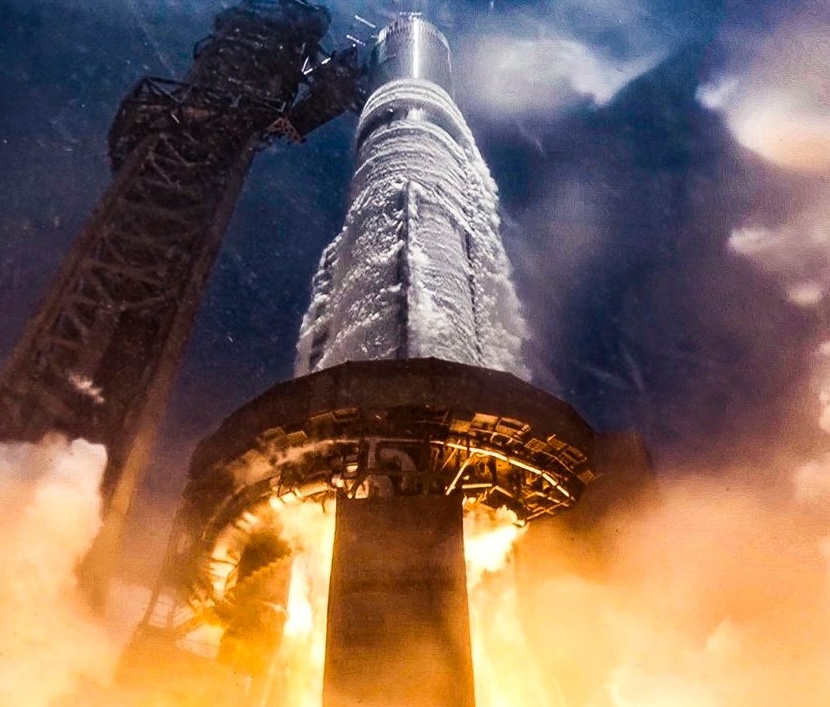
SpaceX is preparing to launch the tenth test flight of its Starship vehicle as early as Sunday, August 24, with the launch window opening at 6:30 p.m. CT.
The mission follows investigations into anomalies from earlier flights, including the loss of Starship on its ninth test and a Ship 36 static fire issue. SpaceX has since implemented hardware and operational changes aimed at improving Starship’s reliability.
Booster landing burns and flight experiments
The upcoming Starship Flight 10 will expand Super Heavy’s flight envelope with multiple landing burn trials. Following stage separation, the booster will attempt a controlled flip and boostback burn before heading to an offshore splashdown in the Gulf of America. One of the three center engines typically used for landing will be intentionally disabled, allowing engineers to evaluate whether a backup engine can complete the maneuver, according to a post from SpaceX.
The booster will also transition to a two-engine configuration for the final phase, hovering briefly above the water before shutdown and drop. These experiments are designed to simulate off-nominal scenarios and generate real-world data on performance under varying conditions, while maximizing propellant use during ascent to enable heavier payloads.
Starship upper stage reentry tests
The Starship upper stage will attempt multiple in-space objectives, including deployment of eight Starlink simulators and a planned Raptor engine relight. SpaceX will also continue testing reentry systems with several modifications. A section of thermal protection tiles has been removed to expose vulnerable areas, while new metallic tile designs, including one with active cooling, will be trialed.
Catch fittings have been installed to evaluate their thermal and structural performance, and adjustments to the tile line will address hot spots observed on Flight 6. The reentry profile is expected to push the structural limits of Starship’s rear flaps at maximum entry pressure.
SpaceX says lessons from these tests are critical to refining the next-generation Starship and Super Heavy vehicles. With Starfactory production ramping in Texas and new launch infrastructure under development in Florida, the company is pushing to hit its goal of achieving a fully reusable orbital launch system.
Elon Musk
Elon Musk takes aim at Bill Gates’ Microsoft with new AI venture “Macrohard”
It is quite an appropriate name for a company that’s designed to rival Microsoft.
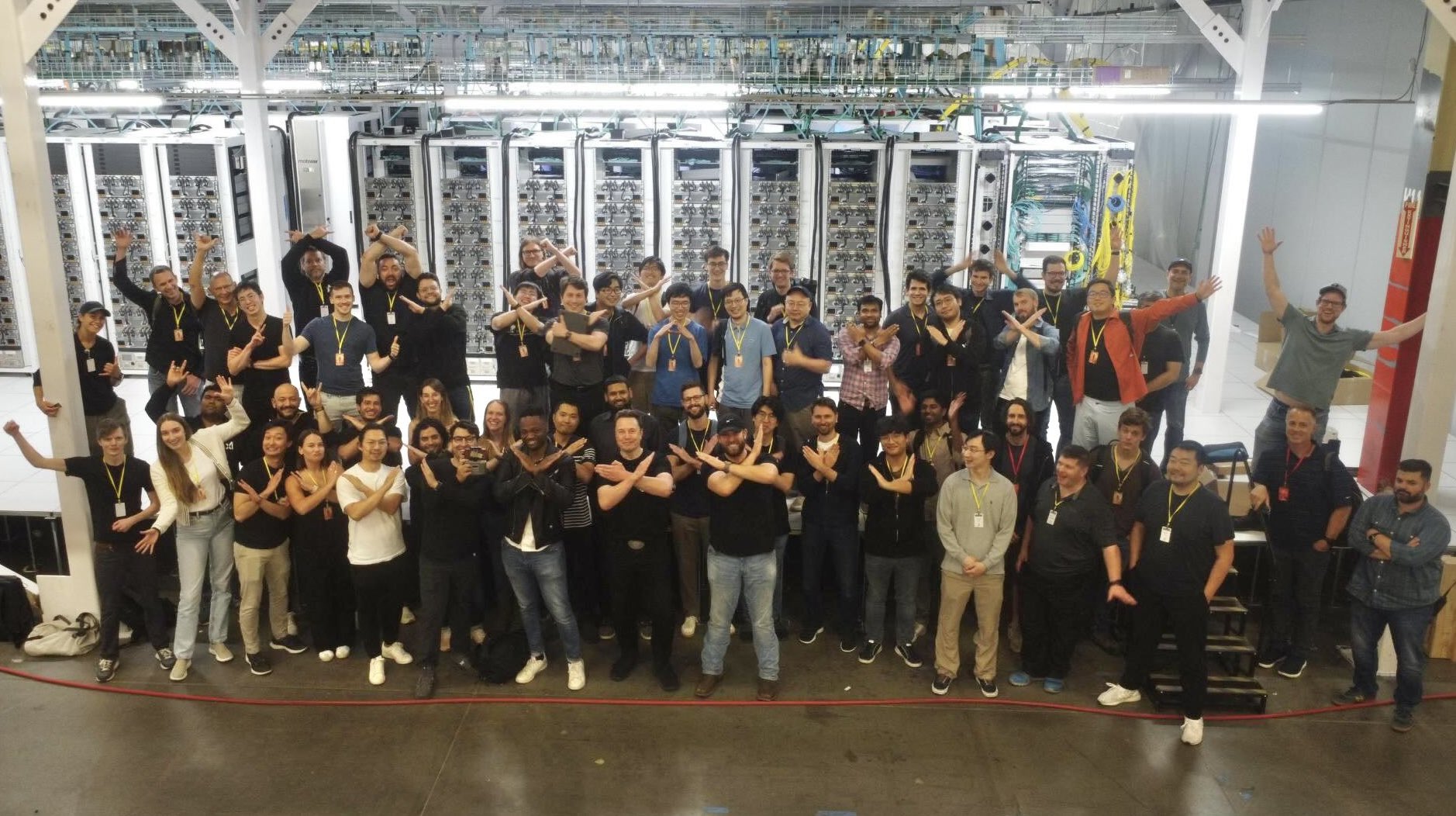
Elon Musk has set his sights on Microsoft with a new company called “Macrohard,” a software venture tied to his AI startup, xAI.
Musk described the project as a “purely AI software company” that’s designed to generate hundreds of specialized coding and generative AI agents that could one day simulate products from companies like Microsoft entirely through artificial intelligence.
Macrohard‘s Purpose
Musk announced Macrohard on Friday, though xAI had already registered the trademark with the US Patent Office a few weeks ago, as noted in a PC Mag report. Interestingly enough, this is not the first time that Musk has mentioned such an initiative.
Just last month, he stated that xAI was “creating a multi-agent AI software company, where Grok spawns hundreds of specialized coding and image/video generation/understanding agents all working together and then emulates humans interacting with the software in virtual machines until the result is excellent.”
At the time, Musk stated that “This is a macro challenge and a hard problem with stiff competition,” hinting at the venture’s “Macrohard” moniker. A few years ago, Musk also posted “Macrohard >> Microsoft” on X.
Powered by xAI and Colossus
Macrohard appears to be closely linked to xAI’s Colossus 2 supercomputer project in Memphis. Musk has confirmed plans to acquire millions of Nvidia GPUs, joining rivals such as OpenAI and Meta in a high-stakes race for AI computing power. Colossus is already one of the most powerful supercomputer clusters in the world, and it is still being expanded.
xAI is only a couple of years old, having been founded in March 2023. During its Engineering Open House event in San Francisco, Elon Musk highlighted that the company’s speed will be its primary competitive edge. “No SR-71 Blackbird was ever shot down and it only had one strategy: to accelerate,” Musk said.
-

 Elon Musk2 weeks ago
Elon Musk2 weeks agoElon Musk confirms Tesla AI6 chip is Project Dojo’s successor
-
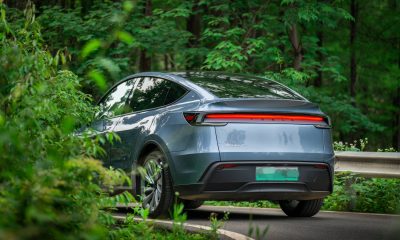
 News2 weeks ago
News2 weeks agoTesla Model Y L reportedly entered mass production in Giga Shanghai
-
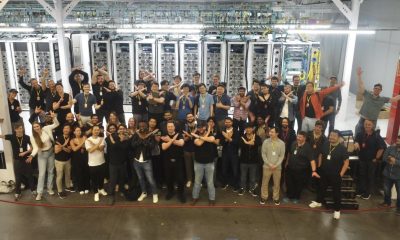
 Elon Musk20 hours ago
Elon Musk20 hours agoElon Musk takes aim at Bill Gates’ Microsoft with new AI venture “Macrohard”
-
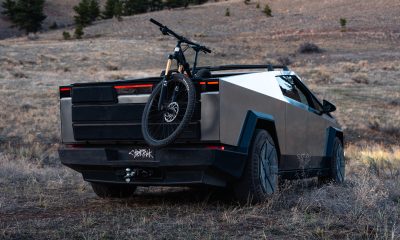
 Cybertruck2 weeks ago
Cybertruck2 weeks agoTesla’s new upgrade makes the Cybertruck extra-terrestrial
-
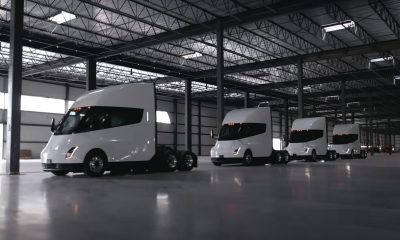
 News2 weeks ago
News2 weeks agoElon Musk reaffirms Tesla Semi mass production in 2026
-

 News5 days ago
News5 days agoTesla clarifies LA car carrier fire started in diesel semi, not EV batteries
-
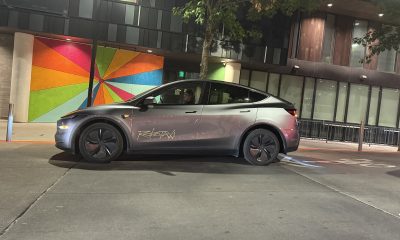
 Elon Musk2 weeks ago
Elon Musk2 weeks agoTesla CEO Elon Musk confirms Robotaxi is opening to the public: here’s when
-
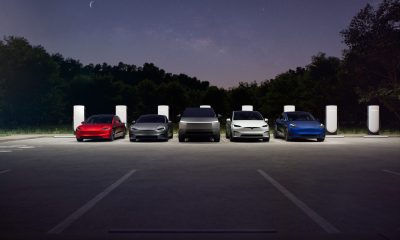
 Elon Musk2 weeks ago
Elon Musk2 weeks agoTesla warns consumers of huge, time-sensitive change coming soon

